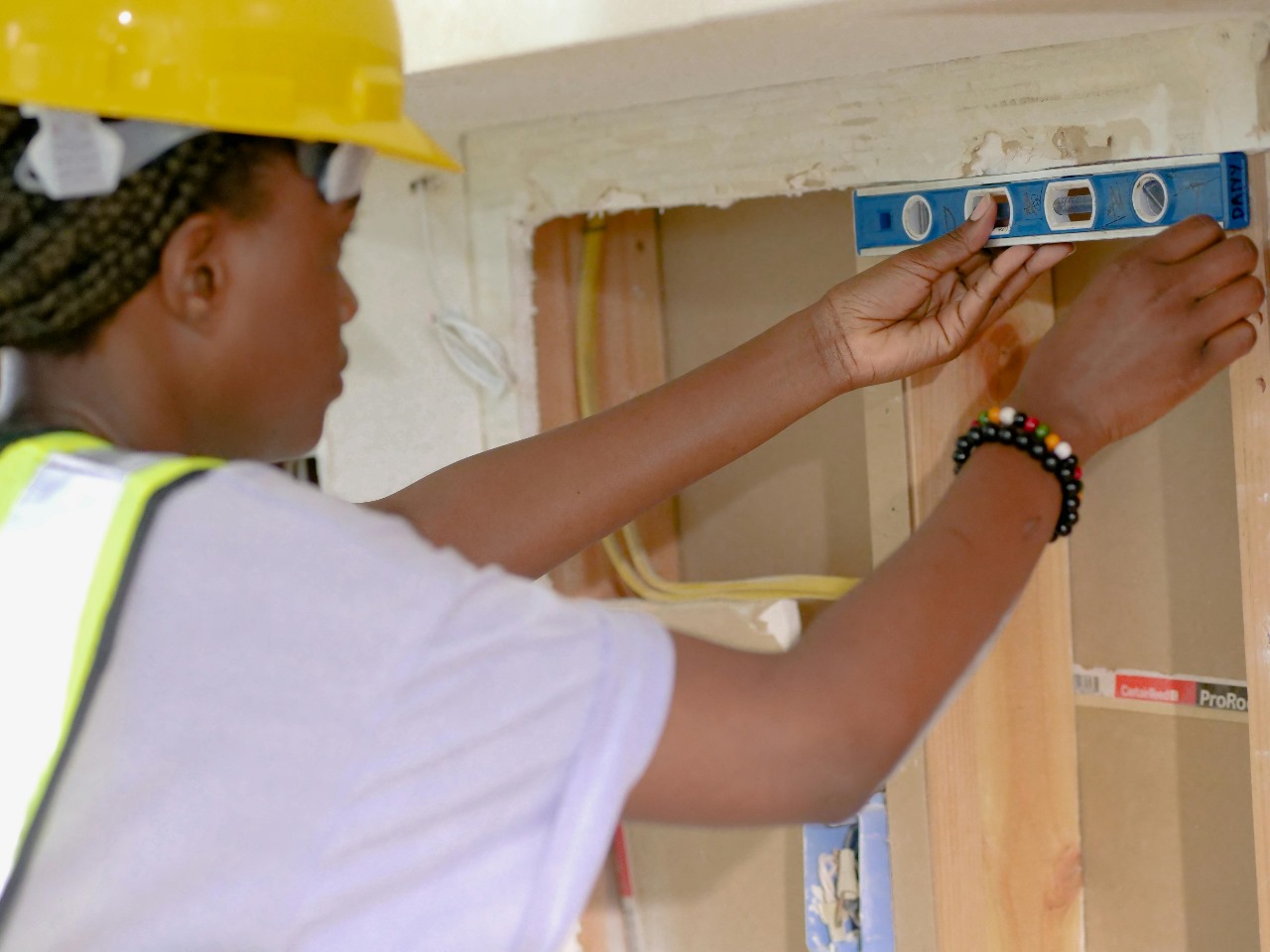Austin’s rapid growth and evolving landscape are fueled in large part by a vibrant construction industry. While the city’s expanding skyline captures headlines, the ripple effects of austin construction reach deep into the community—particularly impacting local small businesses. From creating new opportunities to posing unique challenges, construction activity plays a critical role in shaping the fortunes of small enterprises across the city.
This article explores how Austin construction affects local small businesses, highlighting the dynamics at play and how these businesses can adapt and thrive in a transforming environment.
Construction as a Catalyst for Small Business Growth
Increased Demand for Local Services
Construction projects generate heightened demand for a wide range of local services, including:
- Suppliers of building materials and equipment
- Food and hospitality providers catering to construction workers
- Maintenance and cleaning services
These increased demands create business growth opportunities for Austin’s small vendors, suppliers, and service providers, contributing to a more robust local economy.
Revitalization of Neighborhoods
New construction often brings revitalization to surrounding neighborhoods, attracting new residents and visitors. This influx can boost foot traffic and sales for small businesses, particularly those in retail, dining, and entertainment sectors.
Developments such as mixed-use complexes foster walkable communities where small businesses benefit from proximity to residential and commercial customers.
Challenges Faced by Small Businesses During Construction
Disruptions and Accessibility Issues
While construction drives growth, ongoing projects can temporarily disrupt local businesses. Noise, dust, and blocked access may deter customers or complicate deliveries. These factors can result in reduced revenue and operational challenges for small business owners.
Rising Costs and Rent Increases
The surge in construction activity and resulting neighborhood gentrification can lead to increased property values and higher rents. Small businesses may struggle to keep up with escalating costs, sometimes facing displacement or relocation pressures.
Strategies for Small Businesses to Navigate Construction Impacts
Engagement with Development Plans
Proactive involvement in community meetings and development planning can help small businesses anticipate construction timelines and advocate for mitigations, such as clear signage and maintained access during projects.
Leveraging Construction Workforce and Projects
Small businesses can explore opportunities to supply goods and services directly to construction sites or workers, diversifying revenue streams during building phases.
Collaboration and Networking
Forming coalitions with other local businesses and chambers of commerce can amplify advocacy efforts and facilitate shared resources or marketing to maintain customer engagement despite disruptions.
Long-Term Benefits for Small Businesses Post-Construction
Expanded Customer Base
Completed construction projects often bring increased population density and commercial activity, expanding the potential customer base for small businesses.
Enhanced Infrastructure and Amenities
Upgraded streetscapes, improved parking, and enhanced public spaces contribute to a more inviting environment that benefits local businesses and encourages repeat patronage.
The Role of City Support and Policies
Austin’s municipal government and development agencies recognize the importance of supporting small businesses through construction phases. Programs offering financial assistance, technical support, and streamlined permitting help businesses remain resilient during transitions.
Policies aimed at preserving affordable commercial spaces and fostering inclusive growth further contribute to a balanced construction ecosystem that benefits small enterprises.
Conclusion
The ongoing wave of Austin construction profoundly impacts local small businesses—presenting both significant opportunities and challenges. While disruptions and rising costs can strain operations, construction-driven growth ultimately contributes to a more vibrant economy with expanded customer bases and improved infrastructure.
Small businesses that actively engage with development processes, adapt creatively, and leverage available resources are best positioned to thrive amid Austin’s transformation.
Understanding these dynamics is essential for business owners, developers, and policymakers committed to fostering a prosperous and inclusive Austin community.


